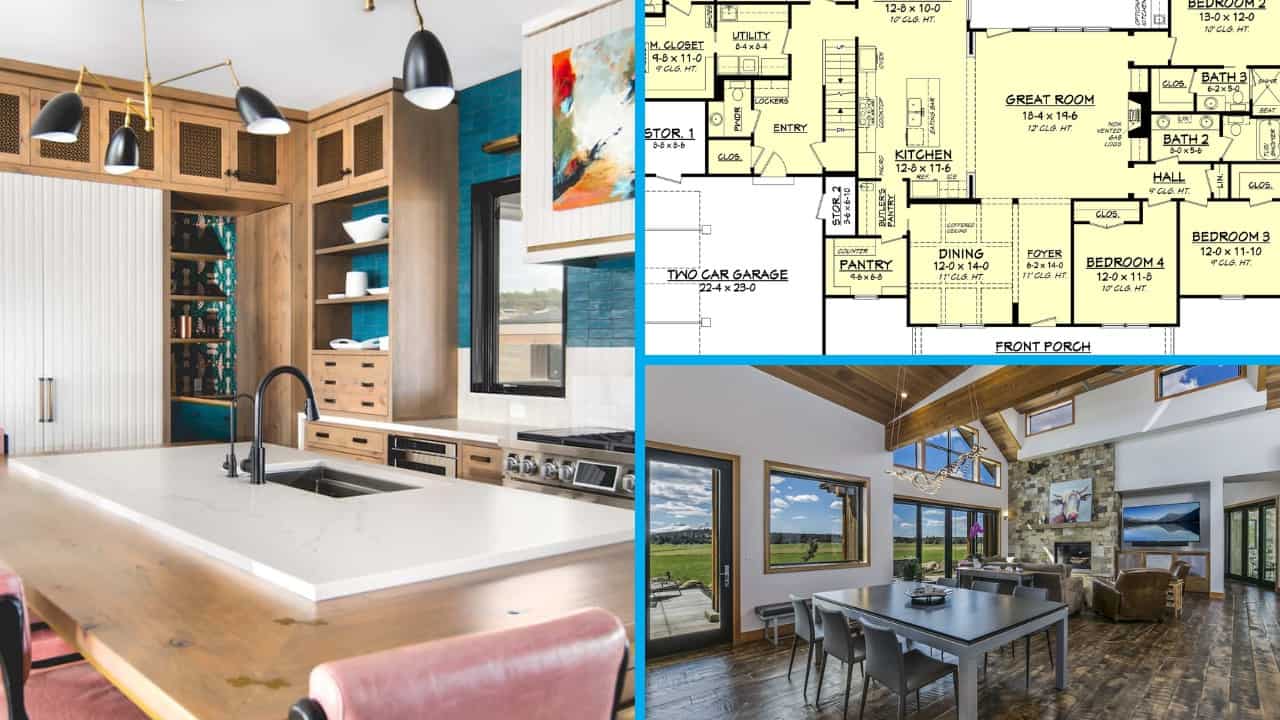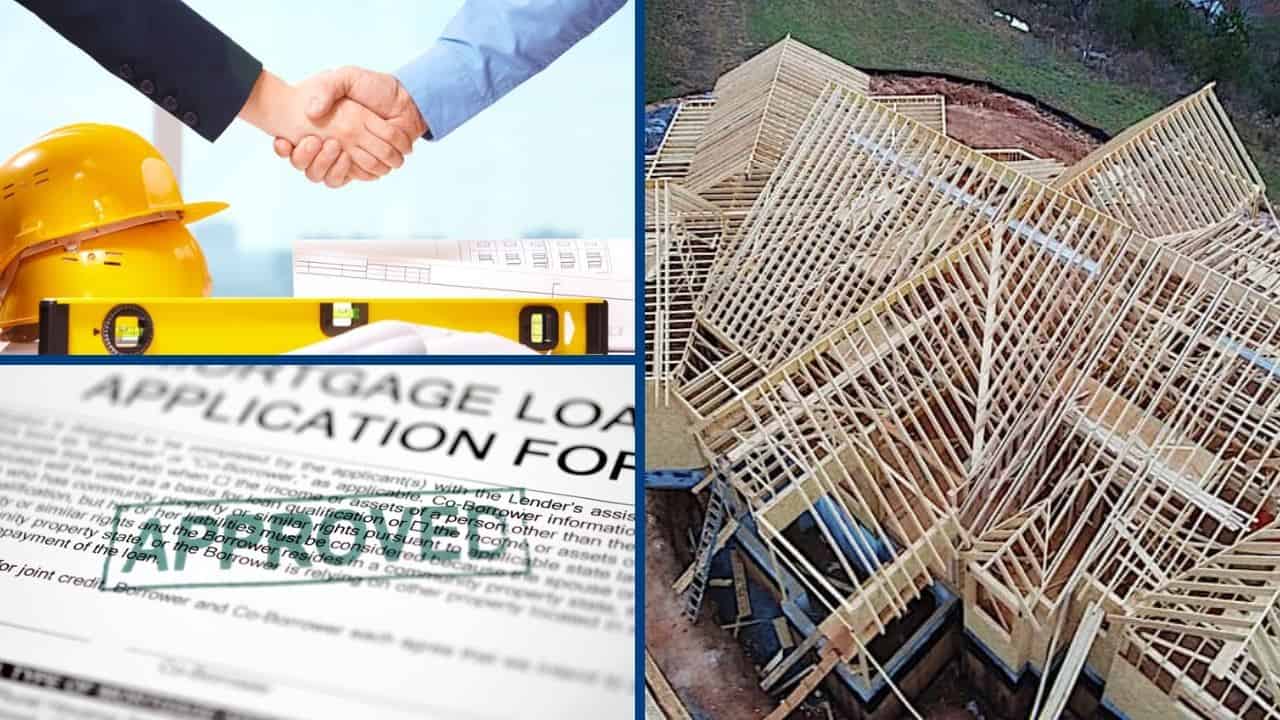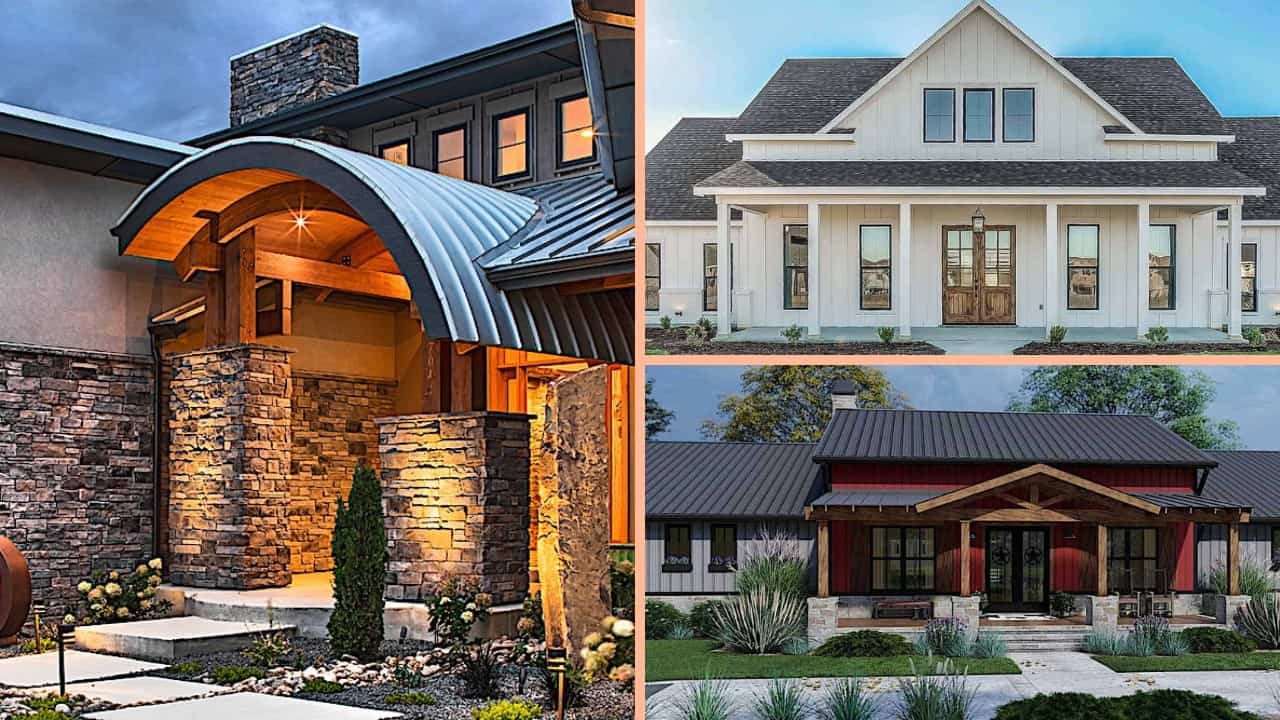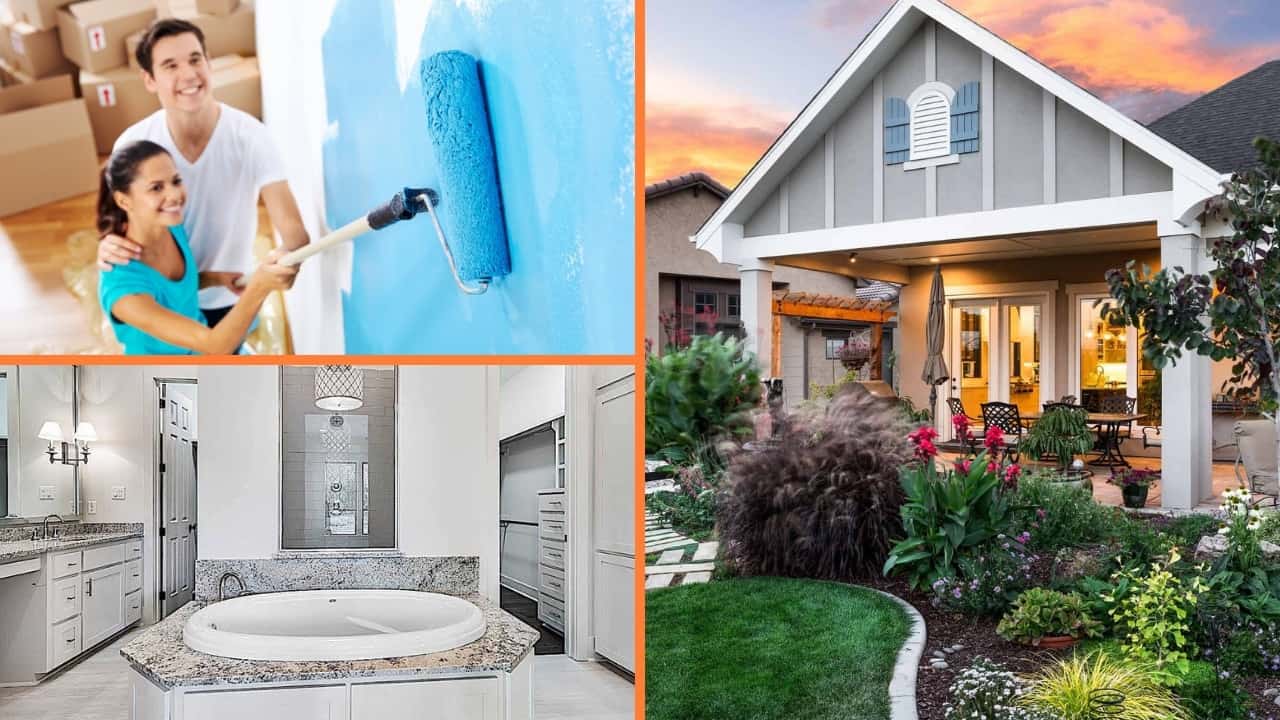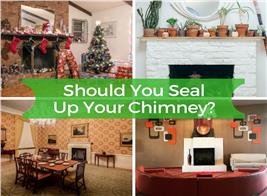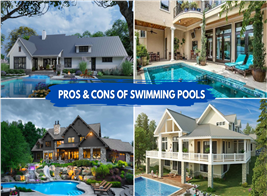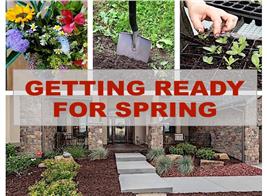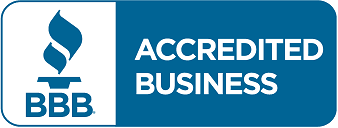Sensational Ways to Put Focus on the Bathroom Floor
By Rexy Legaspi | Updated February 02, 2023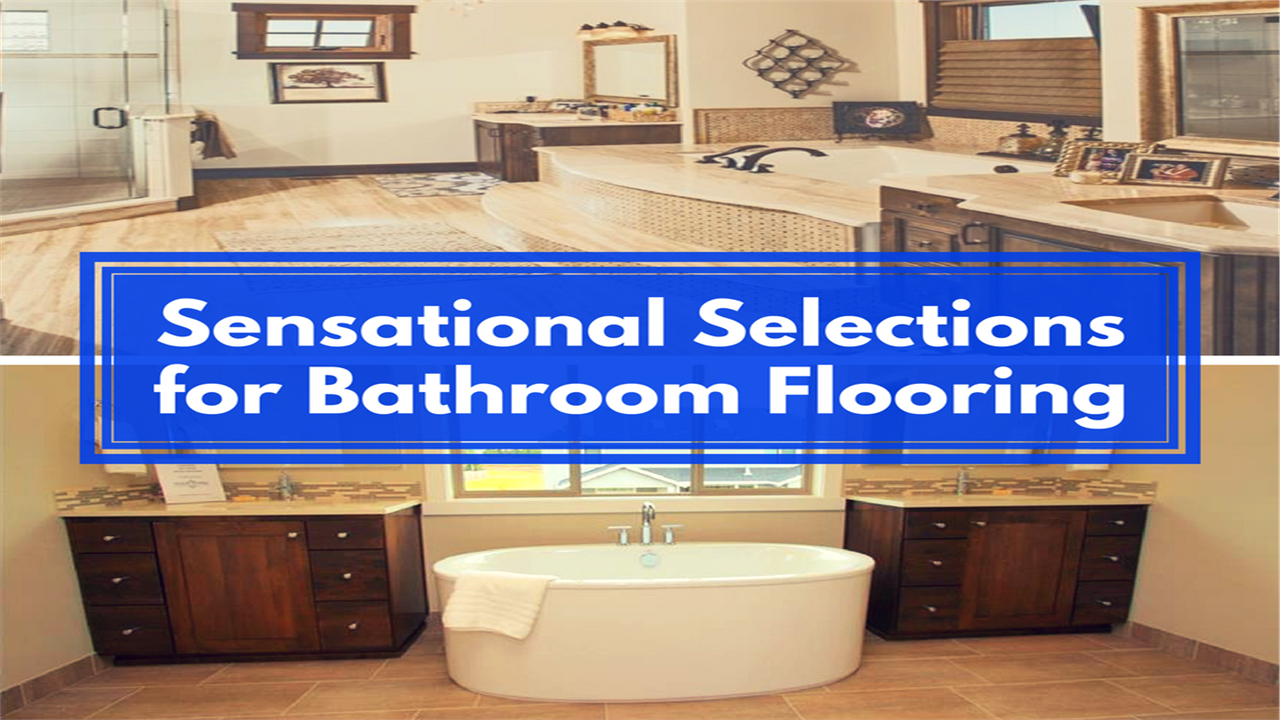
Create a Unique and Stylish Bathroom with Inspired Flooring Ideas
As I walked through a traveling exhibit on the Titanic last weekend, I was amazed that among the many intriguing artifacts recovered from its wreckage were tiles from the bathroom floors of the first and second class cabins. There was a piece of a blue and white ceramic tile, red and white linoleum, and mosaic tiles.
It was a “wow” moment as I looked at pieces of history. The patterns, shapes, and colors were fascinating and, I can imagine, transformed a small utilitarian space into something unique enough to write home about – just like master bathrooms in today’s homes with their stunning floor plans, layouts, and accents that include a variety of flooring materials.
Over the years, bathroom designs have changed into the fashionable and chic … and so have floor tiles. As a result, one of the traditionally smallest sections of the home has evolved into a carefully planned and attractive space. As you search through house plans for your next dream home – and consider the materials that you’ll use to build and finish it – here’s a look at 7 flooring materials that designers, architects, and some adventurous DIY aficionados use to spotlight the bathroom floor.
A 2-story, 4-bedroom Prairie-style home plan features this bathroom with clean and simple lines highlighted by wide square tiles, double vanities separated by a window, and a free-standing tub (House Plan #108-1791).
1. Porcelain Tiles
Stylish, trendy, and best of all, water-absorbent, porcelain tiles are a very popular choice for bathroom floors. According to the Porcelain Tile Certification Agency (PTCA), porcelain tiles absorb less than 0.5 percent of water. Because of this, porcelain tiles are most suitable for bathroom floors and their high moisture content.
Porcelain was first developed in China around 2,000 years ago, then slowly spread to other East Asian countries, and finally Europe and the rest of the world. Although the tile version is not as old as the original porcelain, it has been around for many years. But the large-scale production that has made porcelain tiles available for the average household is fairly recent.
Today, more homeowners, intent on remodeling their bathrooms, opt for porcelain tile floors – and with good reason. Porcelain is durable, as well as scratch and stain-resistant. Aside from its technical advantages, porcelain is also a very beautiful material that comes in a variety of colors and textures. Its versatility allows a range of designs for bathroom floors that include the look of natural stones, marble, limestone, wood, granites, and even animal prints.
2. Ceramic
Striking and unique as porcelain, but lighter, ceramic tiles – which are made from red or white clay – are also atop the list of designers for bathroom flooring. The earliest form of ceramic tile was created by Egyptians in 4,000 B.C. The Assyrians, Babylonians, and Tunisians also contributed their own ceramic designs.
Ceramic’s popularity today is wide-ranging. While more suited to high-traffic areas in home floor plans because of its resistance to tread wear in comparison to other flooring materials, ceramic is used for bathroom floors because it is easy to clean and maintain and very durable. Because it’s made of natural materials, ceramic is also environmentally friendly.
More affordable than porcelain, ceramic is easy to maintain and features a lot of colors, finishes, and textures. From simple large square tiles – the classic black and white, for example – to geometrics, ceramic offers a number of dramatic and artsy designs for the modern bathroom.
3. Vinyl
If porcelain and ceramic are too expensive for you, then go for vinyl floors that are more cost-effective, practical, and easy on the feet – and offer the attractive looks of natural stone, warm woods, and other materials. Perfect for high-traffic areas – particularly baths, hallways, and kitchens – vinyl is durable, easy to clean, and resistant to spills and scratches. You may even drop something without the fear of breaking the item.
There’s a lot to like about vinyl. It’s versatile, more comfortable and warmer than tile, easy to install – and can be a do-it-yourself project. It’s also water-resistant and antimicrobial. Vinyl has so many looks, patterns, textures, colors, and finishes that can be mixed and matched to fashion appealing and one-of-a-kind designs.
You can choose from these types of vinyl for the bathroom floor:
• Sheet Vinyl is the choice for children’s bathrooms where a lot of water gets splashed and splattered. Up to 12-foot widths, as well as a wide range of colors, designs, and styles that look and feel like tile and wood, are on the market for bathrooms of all sizes.
• Vinyl Tiles come in almost every color and features the look of stone and ceramic. They are available in varying sizes, can be customized to fit any pattern, and are easy to install.
• Vinyl Composition Tile (VCT) - Invented in the 1930s, it was first presented at the 1933 Century of Progress Exhibition in Chicago. Its primary component is limestone.
• Solid Vinyl Tile (SVT) and Luxury Vinyl Tile contain a higher percentage of vinyl for a more durable effect. LVT can give the look and feel of real hardwood, ceramic and stone.
• Vinyl Planks are slowly making their way into bathroom floors. They are long and narrow, manufactured to reflect wood surfaces, and cut in wood plank sizes.
4. Engineered Wood
Developed in the 1970s, engineered wood has captured the attention of North American builders and designers. Made from hardwoods as well as softwoods used in manufacturing laminated lumber, engineered wood products can be used for support beams, floor joints, and finished floors, including bathroom floors.
With a top layer made of real wood sealed with up to seven layers of protective clear finish, engineered wood flooring can look quite beautiful in a bathroom. Aside from aesthetics, engineered wood has advantages over solid wood because of its dimensional stability. Easier to install than wood and less prone to moisture damage, engineered wood can be a good choice in bathrooms with very little traffic.
5. Laminate (Natural Stone, Hardwood)
Get the look of natural stone and hardwood to give your bathroom an updated and luxurious look – without spending all that money. According to manufacturer Armstrong, laminate flooring is constructed in layers. The bottom layer is the "backing,” designed to resist moisture that could cause boards to warp. Above the backing is the inner core, which is made from high-density fiberboard that is reinforced with a special resin to further enhance moisture resistance and increase durability. Next is what’s called the image design layer, which is where the high-resolution image of wood, stone, metal, or other material appears. The top layer is the wear layer, which protects the design from fading, scratches, and damage from everyday wear and tear.
Besides being a cheaper alternative, laminate is more water-resistant than real wood, durable, and easy to install, clean, and maintain.
6. Linoleum
Don’t mistake linoleum for vinyl!
Linoleum was invented in 1860 by British rubber manufacturer Frederick Walton, who was inspired to develop a new product to replace an expensive rubber composition. The natural material was originally used for ship deck coverings; then moved from ships to the walls and floors of Victorian homes. Considered a luxury product for many years, linoleum is made with linseed oil, pigments, pine rosin, and pine flour.
Today linoleum has found its way back in home flooring, including kitchens and bathrooms. Not only is it durable, it can handle heavy traffic in the bathroom and with the proper seals, can take spills and splashes very well. While linoleum is water-resistant, it is not waterproof – so some manufacturers do not recommend it for bathroom floors.
A few of its attractions are easy maintenance, resistance to stains, mildew, and mold. It is eco-friendly since it’s made from natural materials. If properly maintained, it can last from 25 to 40 years. Like vinyl, which replaced it in popularity, linoleum comes in many colors and patterns, including florals, brick, and geometric designs.
7. Mosaic
How about mosaic tiles to add flair and personality to your bathroom? Mosaic tiles are eye-catching, gorgeous, visually interesting, and add elegance as well as sophistication to a bathroom. You can go with classic traditional patterns and colors or pop art to create picturesque design themes for the bathroom floor.
Today’s mosaics are still an art form like the original ones that decorated ceilings and walls of buildings, palaces, basilicas and other places of worship in ancient times. Modern mosaics are made of pieces of colored glass, stone, shells, beads or other materials. Held together by an underlayer of fabric mesh, mosaics are then positioned in such a way to create patterns and images.
With many tiles made from recycled glass, mosaics are eco-friendly. They are also very easy to clean (mopped up or wiped with a damp cloth), resistant to stains, mold, mildew, and chemical damage; when installed properly, mosaic tiles can be durable.
However, mosaic tiles are expensive, especially those with more intriguing motifs and colors. They are also difficult to install and costly to repair. But if your budget allows it, mosaic tiles will definitely make your bathroom a thing of beauty.
Whether you want to go historic with porcelain and ceramic, retro with linoleum, or lavishly gorgeous with mosaics, make sure your choice fits your style and adds sparkle to the bathroom.
Resorces:
HGTV (vinyl)
HGTV (laminate)


